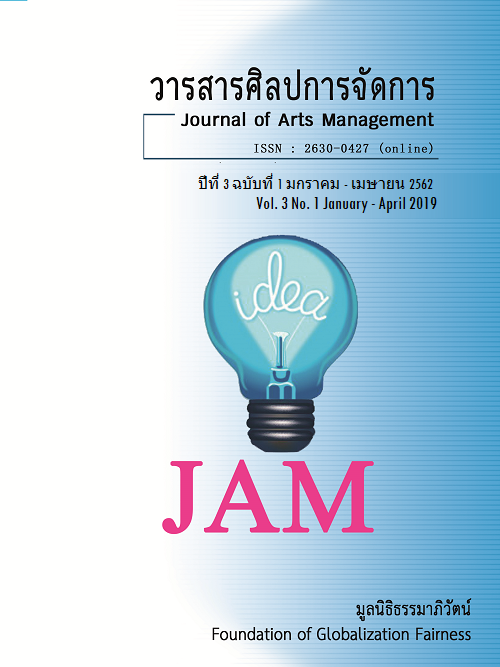The Development of Meditation for Chronic Illness Children in Chonburi Hospital Using Artificial Activities
Main Article Content
Abstract
The purpose of this research was to (1) develop meditation for chronic illness children in the hospital using artificial intelligence. Learning Center for Chronic Illness Children (2) to compare the development of meditation for children with chronic illness in the hospital using artificial intelligence. Between before and after using the invention activity. The sample consisted of primary school students with chronic illness, Chonburi Hospital. ADHD was acquired by observing the behavior and interviewing five class teachers. Learning Activity Plan Screening for students with ADHD The research found that
- Prior to the trial, the naive score / severity score and total score converted to a T-Score overall were classified in the third group that should receive educational assistance. Teachers choppy or doodle, impatient, moody, easy change. Do something without thinking before doing. Do not raise your hand before asking or answering questions, running slow, distracted, distracted, overworked, inadequately cautious, often call or urge, slack, distracted, easy to do, irregular, irresponsible. Do not concentrate on work to do. Short attention span does not work.
- After the trial, the nausea / severity score and the total score converted to a T-score were included in the second group. The follow-up group consisted of nausea / vomiting. Easy to change, slow to operate, short-lived, distracted, often called or stimulated.
Article Details
Views and opinions appearing in articles in the Journal of Arts of Management It is the responsibility of the author of the article. and does not constitute the view and responsibility of the editorial team I agree that the article is copyright of the Arts and Management Journal.
References
________ . (2545). หลักสูตรการศึกษาขั้นพื้นฐาน พุทธศักราช 2544.กรุงเทพมหานคร: คุรุสภา.
นงพงา ลิ้มสุวรรณ. (2542). โรคสมาธิสั้น. กรุงเทพมหานคร: มหาวิทยาลัยธรรมศาสตร์
นิตยา จันทะเกตุ. (2555). การพัฒนาสมาธิสำหรับเด็กที่มีอาการสมาธิสั้นโดยใช้กิจกรรมงานประดิษฐ์.วิทยานิพนธ์ครุศาสตรมหาบัณฑิต, มหาวิทยาลัยราชภัฎมหาสารคาม
ดารณี อุทัยรัตนกิจ ชาญวิทย์ พรนภดล, และคณะ. (2551). แบบ คัดกรองนักเรียนนักเรียนที่มีภาวะสมาธิสั้น บกพร่องทางการเรียนรู้และออทิซึม. กรุงเทพมหานคร: พิมพ์ครั้งที่ 2. พัฒนาคุณภาพวิชาการ (พว.).
วรรณี วงศ์พาณิชย์. การงานอาชีพและเทคโนโลยี งานประดิษฐ์ ม.1-3. กรุงเทพมหานคร: อักษรเจริญทัศน์, 2546.
สุวรรณี พุทธิศรี. (2547). “นวัตกรรมครูพันธ์ใหม่: กพอ.ฝึกเด็กอดทน-สมาธิ ค้นพบตัวตนของตนเอง”.คมชัดลึก. 16 มกราคม 2547.


